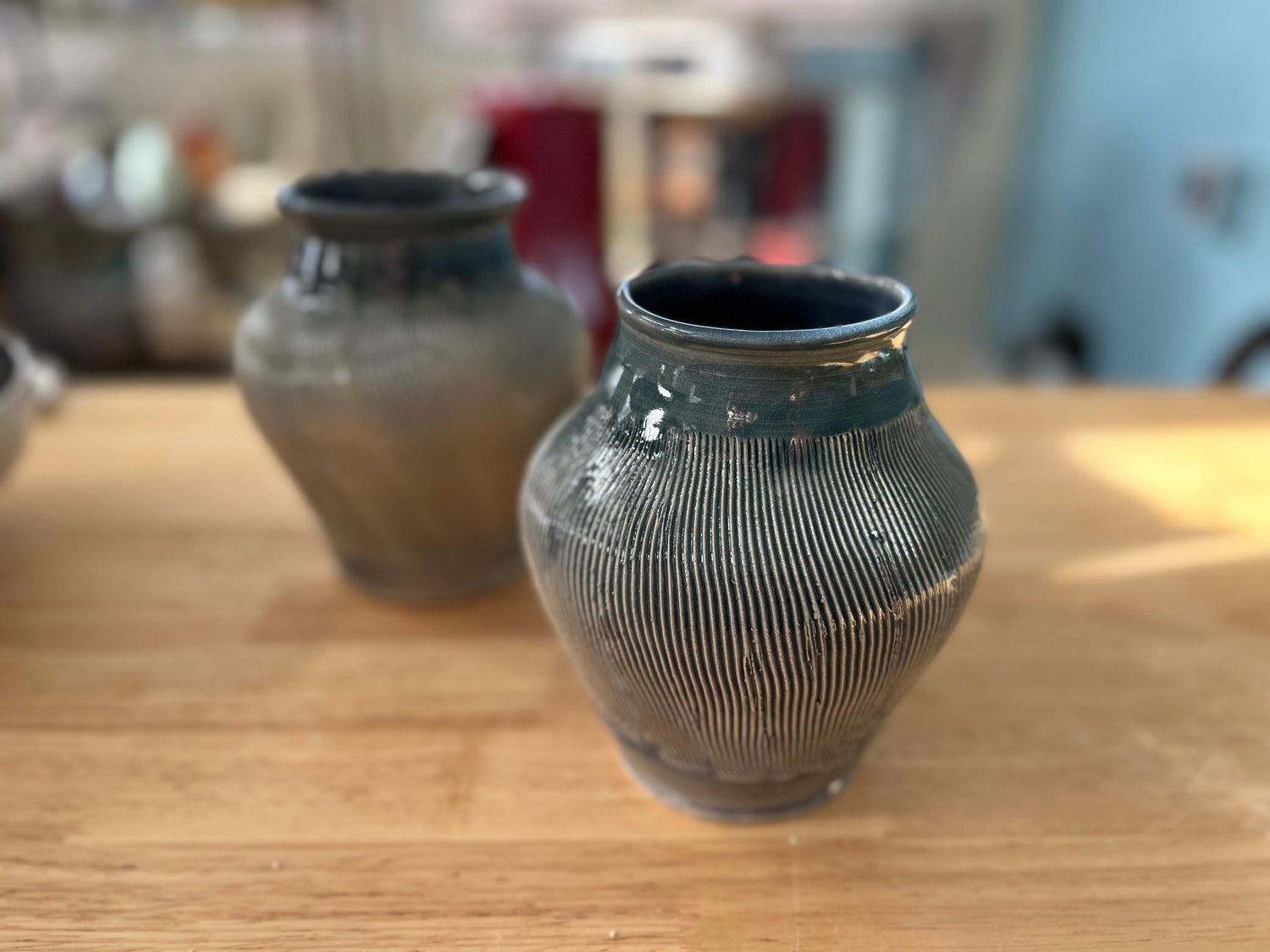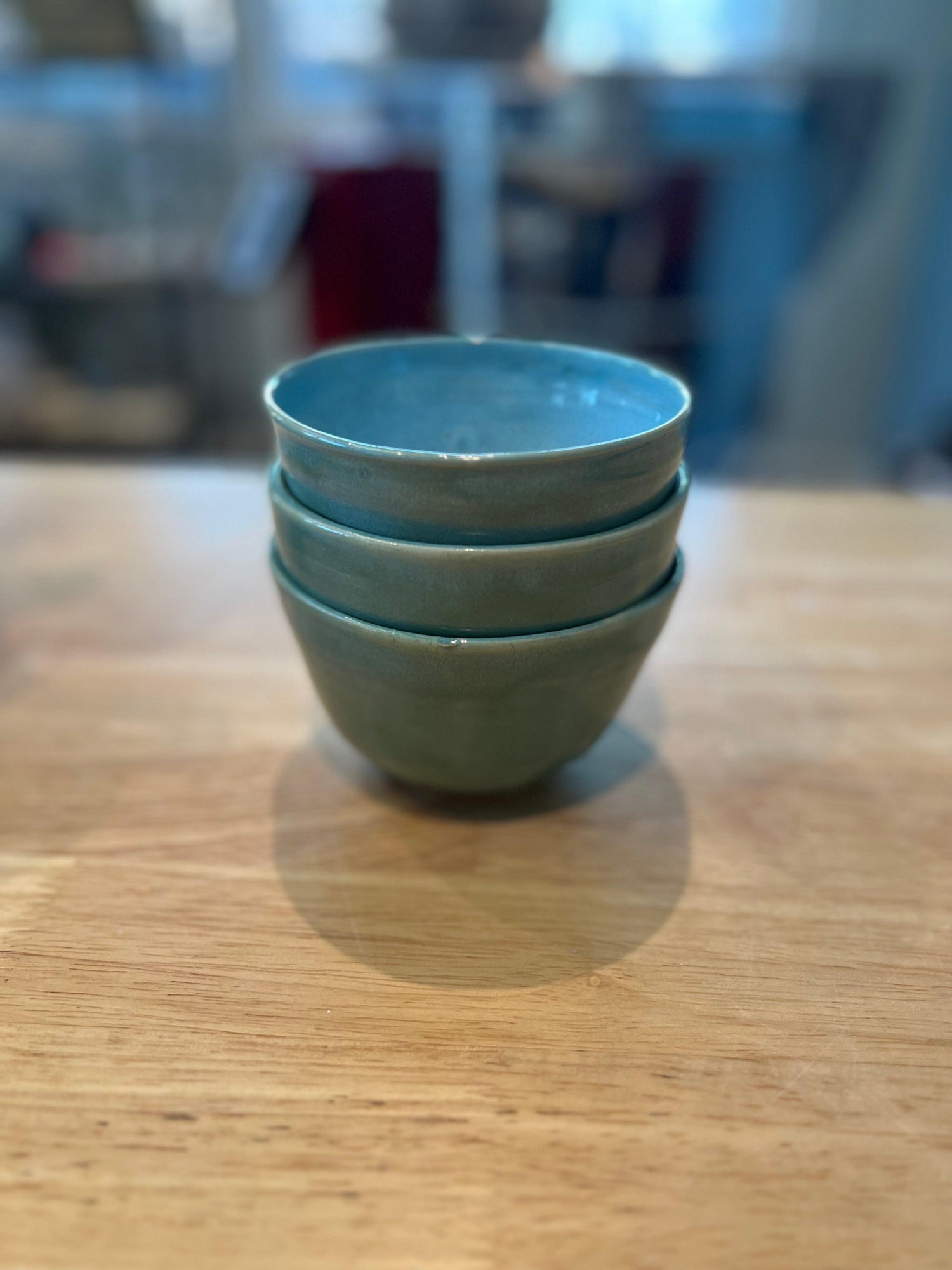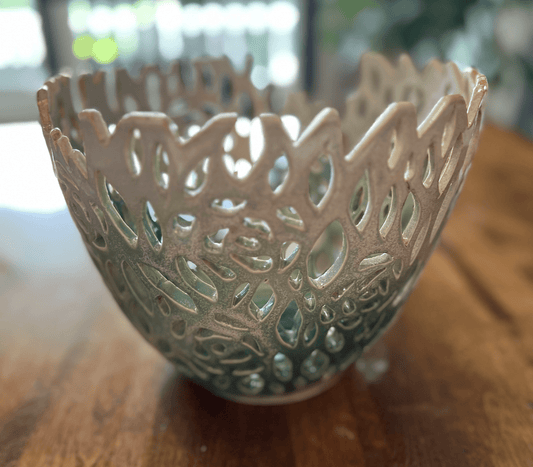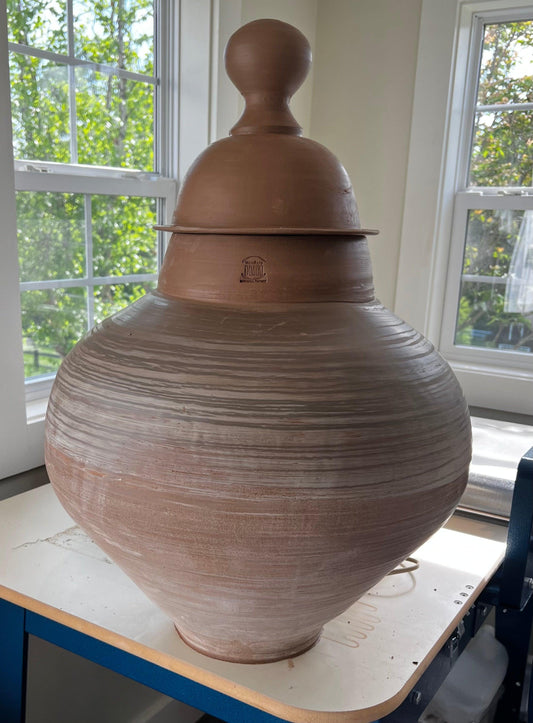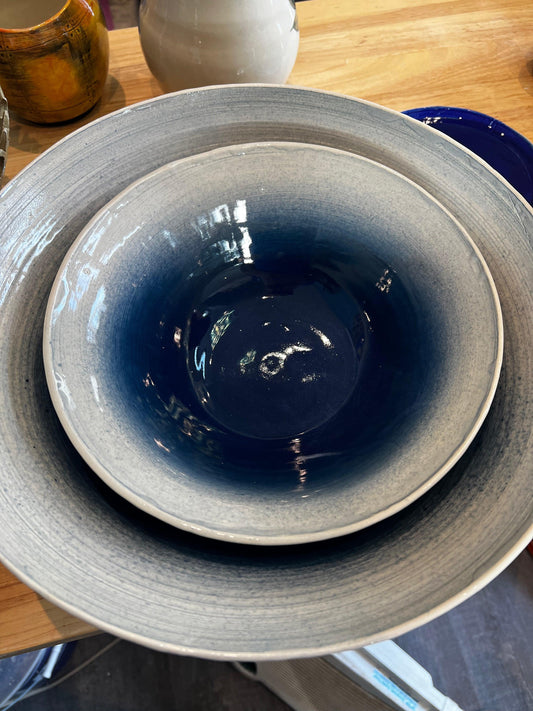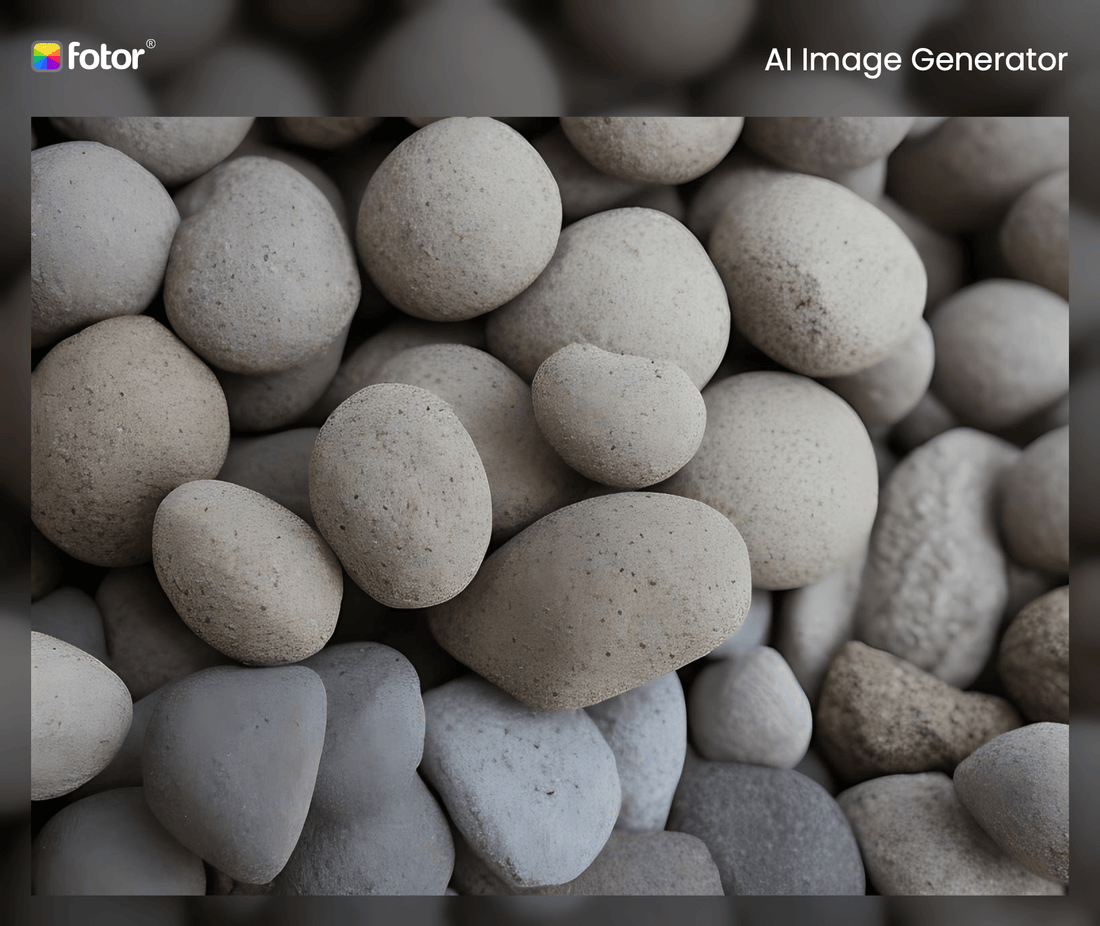
Exploring the Different Types of Clay for Pottery: A Guide
-
Earthenware clay: Earthenware clay is a porous clay that is fired at relatively low temperatures (around 1200-1300°C). It is relatively easy to work with and is suitable for both handbuilding and throwing on the pottery wheel. Earthenware clay is commonly used to make functional pottery such as dishes, cups, and vases.
-
Stoneware clay: Stoneware clay is a non-porous clay that is fired at higher temperatures (around 1300-1400°C). It is stronger and more durable than earthenware clay, and is suitable for both handbuilding and throwing. Stoneware clay is often used to make functional pottery such as dishes, mugs, and bowls.
-
Porcelain clay: Porcelain clay is a very fine, pure white clay that is fired at extremely high temperatures (around 1400-1600°C). It is extremely hard and strong, and is suitable for both handbuilding and throwing. Porcelain clay is often used to make delicate, refined pottery such as teapots, figurines, and vases.
-
Clay bodies: Clay bodies are mixtures of different types of clay and other materials such as grog (coarsely ground fired clay) and sand. Clay bodies are used to create specific types of pottery with specific properties, such as durability, porosity, and color.
-
Specialty clays: There are many specialty clays available that are suitable for specific types of pottery or techniques. For example, raku clay is a porous clay that is used in the raku firing process, which involves rapid heating and cooling to create unique glaze effects. Another example is paper clay, which is a mixture of clay and paper fibers that is used to create strong, lightweight pottery.
There are many different types of clay available for pottery some people harvest there own clay from the ground, each with its own unique properties and uses. By exploring the different types of clay, potters can find the one that is best suited for their specific project and process.
No matter if you are a beginner or an experienced potter, you should be able to find some clay out there that is perfect for you. When choosing a clay body, consider the type of pottery you want to make, the firing temperature and glaze you will be using, and the overall look and feel you want to achieve. Experimenting with different types of clay can be a fun and rewarding part of the pottery-making process.
In addition to the various types of clay, it's also important to consider the quality of the clay. Poor quality clay can be difficult to work with and may not produce the desired results. Look for clays that are smooth, pliable, and free of impurities. Many potters swear by using locally sourced clays, as they tend to be of higher quality and more in tune with the specific needs of the area.
No matter what type of clay you choose, it's important to follow proper clay preparation techniques to ensure the best results. This includes wedging the clay to remove air pockets and achieve a consistent consistency, as well as conditioning the clay to make it easier to work with. With the right clay and proper preparation techniques, you'll be well on your way to creating beautiful and unique pieces of pottery.
Clay Questions and Answers
Q: What are the main types of clay used in pottery? A: The main types of clay used in pottery are earthenware, stoneware, and porcelain.
Q: What are the differences between earthenware, stoneware, and porcelain clays? A: Earthenware is a low-fire clay that is easy to work with, but it is not as durable as stoneware or porcelain. Stoneware is a mid-range clay that is more durable and can be used for a wide range of projects. Porcelain is a high-fire clay that is extremely durable and is used for fine china and other delicate pieces.
Q: Can different types of clay be combined? A: Yes, different types of clay can be combined to create unique effects and properties. This is known as "body recipes" or "clay body" and it can be used to create a specific type of pottery. It's important to note that combining clay that has different firing ranges can cause some issues. So always test before you try anything. For example a low fired earthenware clay will probably not mix well with a stoneware clay at a higher temperature. What might happen is that that earthenware clay will melt and destroy your kiln. .
Q: How do I know which type of clay is best for my project? A: Test and Practice can help, Depending on what you want to achieve you can find something that should work. Clay with higher Iron content will tend to have more red hues when it is fired. For a more white finish than a porcelain clay should be considered.The best type of clay for your project will depend on the type of pottery you want to create, as well as the firing temperature required. Earthenware is best for low-fire projects, while stoneware and porcelain are better for high-fire projects.
Q: Are there any alternative types of clay? A: Yes, there are alternative types of clay such as paper clay, which is made by mixing clay with paper fibers (normally toilet role), or terra cotta clay which is a type of earthenware clay but with a higher iron content that gives it a reddish color it also is a very low fired clay. Just becareful when using terra cotta clay bodies around a white stoneware clay the iron might stain your white stoneware. Alternative types of clay can be used to create unique effects and textures in pottery.

